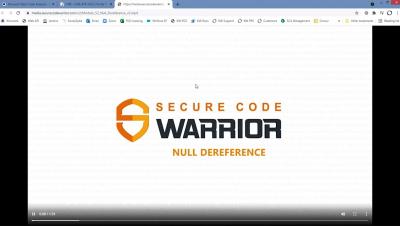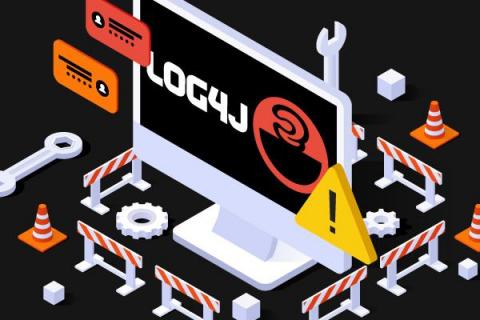Systems | Development | Analytics | API | Testing
Perforce
What Do the Best Game Developers of 2021 Have in Common?
All the Benefits of CI/CD but "Greener"
As climate change has become a key global issue, software developers and DevOps experts reflect on their own industries to help reduce the climate impact of the industry. And, in our specific case, what can be done within static analysis tool development.
What Is OWASP? Overview + OWASP Top 10
OWASP and OWASP Top 10 help to safeguard your code against software security vulnerabilities. Here, we explain what is OWASP and what are the OWASP Top 10 vulnerabilities. Read along or jump to the section that interests you the most: ➡️ use Klocwork for easy owasp compliance.
Secure Code Warrior Integration
What Is Log4Shell? The Log4j Vulnerability Explained
A new vulnerability that impacts devices and applications that use Java has been identified in Log4j, the open-source Apache logging library. Known as Log4Shell, the flaw is the most significant security vulnerability currently on the internet, with a severity score of 10-out-of-10. Fortunately, Perforce static analysis and SAST tools — Helix QAC and Klocwork — can help.
How to Write a Software Requirements Specification (SRS Document)
Clear, concise, and executable requirements help development teams create a proper product. How do we organize and present these requirements? That's where a Software Requirements Specification (SRS) comes in. But what is an SRS, and when should you use one? In this blog, we'll outline a typical software requirements specification, including how to define your product's purpose, describe what you're building, detail the requirements, and, finally, deliver it for approval.
What Is a Planning BoM?
Every project should start with a plan – especially a project as large as semiconductor design, where the project costs (and the costs of failure) are extremely high. To efficiently and accurately account for the needs of a project, and to help determine the feasibility of project before getting too deep, a planning BoM can make all the difference.
Design Verification With Traceability
Adding traceability to design verification allows teams to definitively and easily document the exact state of the verification at any point in the design process. This provable documented status of verification is particularly important when trying to meet FuSa specifications like ISO 26262 and DO-254. In this blog, learn how the Methodics IPLM platform links requirements, design, and verification together to provide a fully traceable model between all three systems.
UE5 Update: How Top Studios Manage Unreal Upgrades With Perforce Streams
Unreal Engine 5 is coming. Well, it is already here! Leading studios are making the switch. This means upgrading their toolsets, retesting their codebase, and figuring out how to manage changes to the engine moving forward. For leading game studios, a UE5 update (and customizations) can be safely managed with Helix Core — the game development standard for version control. It’s the tool trusted by 95% of top AAA studios.











